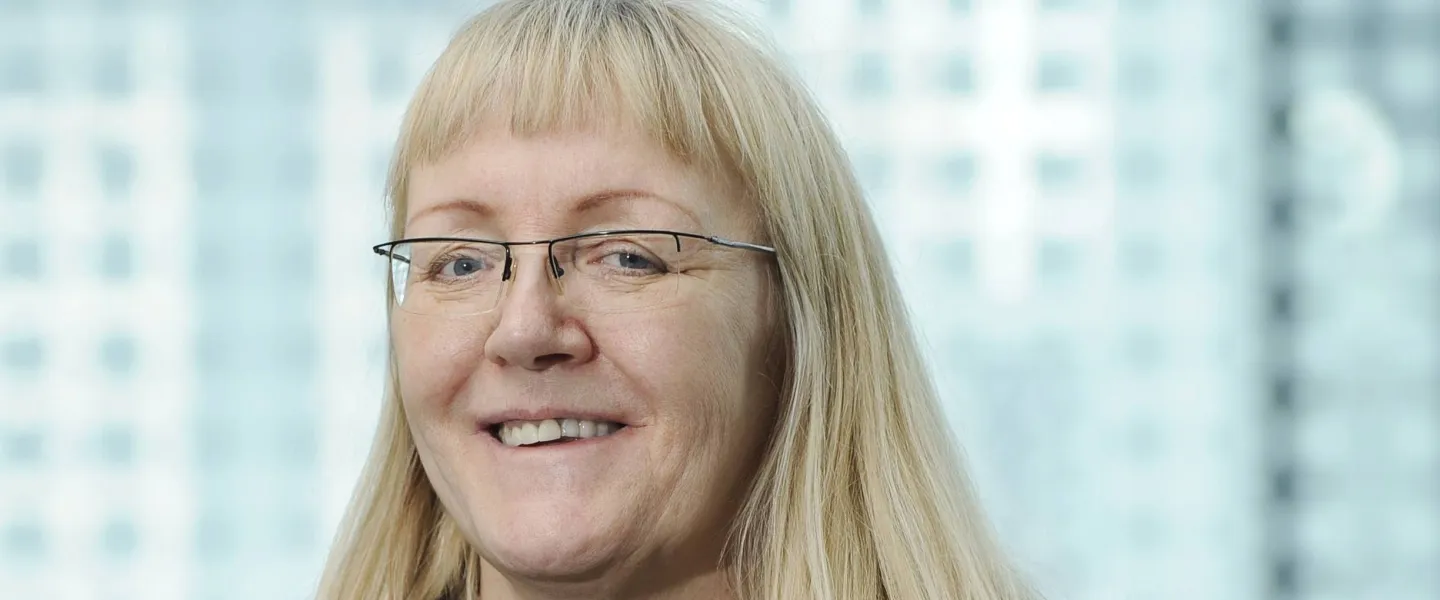
Scientists at the University of Iceland have, in collaboration with Marsýn, completed the three-dimensional model; CODE (Cartesian coordinates Ocean model with three-Dimensional adaptive mesh refinement and primitive Equations). CODE is a numerical hydrodynamic ice/ocean model that has been under development since August 2006 at the University of Iceland. The model was developed in high resolution for the Icelandic fishing banks and predicts currents, heat, salt and stratification every three hours up to seven days in advance. The forecasts are published on Marsýn’s website - www.marsyn.is
The model is exceptional on one hand due to high resolution and on the other hand because it can receive external ocean data and correct the forecasts for all the waters around Iceland, even though the data itself has a fixed point in space and time. In the project SEAMAN the model, and all available data for the Icelandic waters, was used to describe ocean conditions all the way back to the year 1948. The results give information on all physical elements of the sea at 2.5 meter depth levels, from bottom to the surface, for every thousand meters horizontally every three hours over all these years. This creates an enormous database that is stored at the University of Iceland’s computing services.
The students working on the SEAMAN project could thus conduct virtual research expeditions eliciting the information needed from any designated area or period. Three students worked on examining the effect of environmental factors on the travels and behaviour of capelin, mackerel and herring. Certain changes were revealed in capelins’ behaviour connected to global warming. The results also showed that ocean conditions 7 – 8 days in advance had an impact on the distribution of mackerel in each case. Furthermore, environmental factors and the age distribution in the herring stock influenced the choice of winter stations. This information was used to develop a method to predict the distribution of mackerel and herring around Iceland. Such predictions at the beginning of the season will facilitate the search in fishing; saving both time and fuel.
The latter part of the SEAMAN-project was dedicated to elaborating CODE so that it would predict the primary production and the distribution of krill. The unique aspect of this design was the ability to receive external ocean data (e.g. from satellites, wave buoys and research or fishing vessels) that are assimilated into the model in order to minimize the error of forecasts. These can be seen on Marsyn’s website - www.marsyn.is/sjospa. These models are unique in various ways and will without a doubt be of great use in facilitating the choice of good sea routes for seafarers, and help in the search for productive fisheries.
The founders of MARICE (Marine Academic Research of Iceland) are Guðrún Marteinsdóttir, Professor of Fisheries Sciences and Dr.Kai Logemann, Specialist at the Institute of Life and Environmental Sciences.